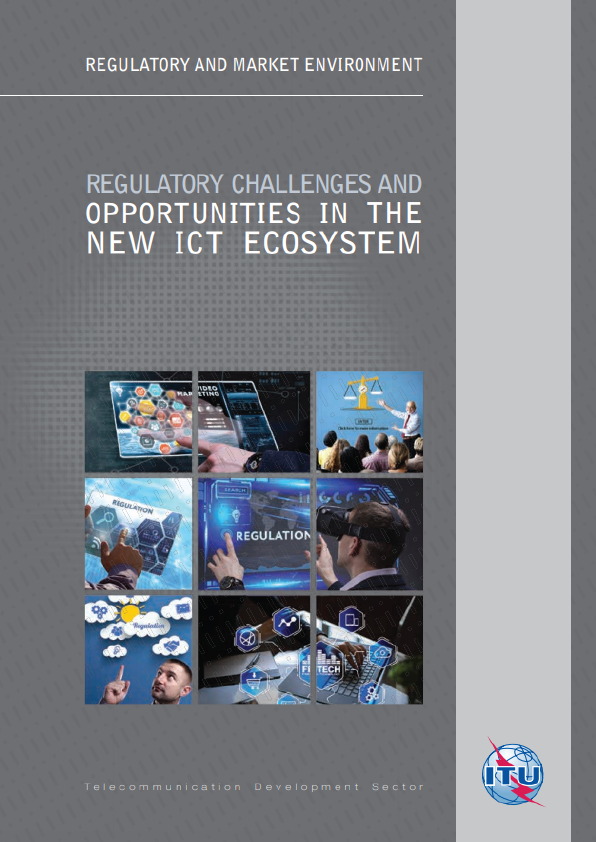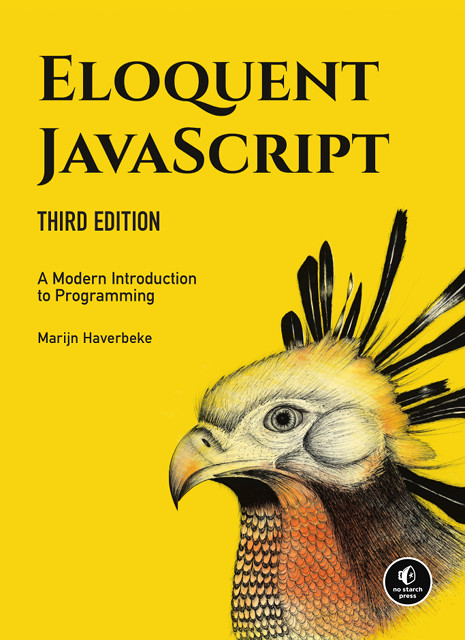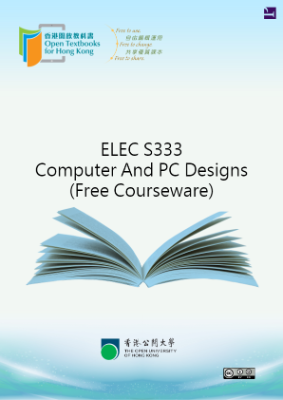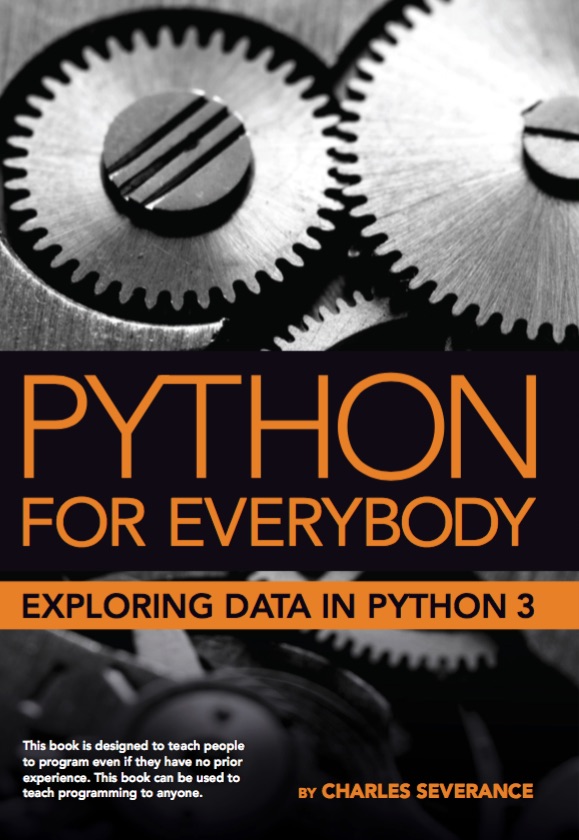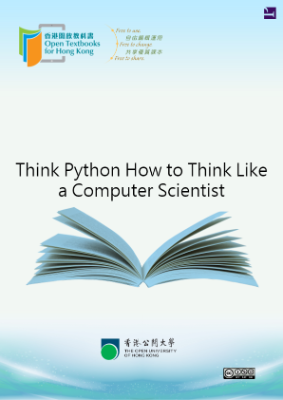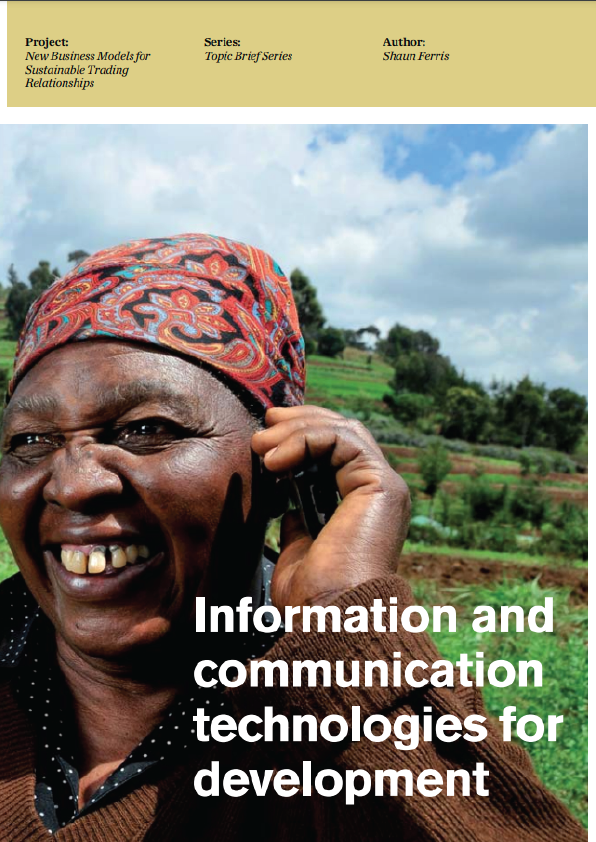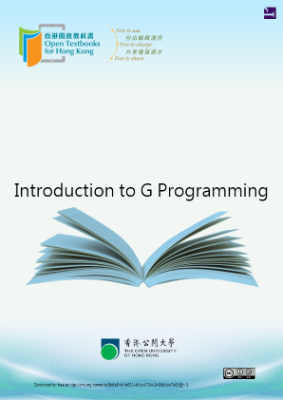Moving from legacy to new ICT ecosystem regulation
Telecommunication carriers are faced with changing business models due to the appearance of over-the-top (OTT) communication services such as Skype, WhatsApp, Facebook, Instagram and Viber that compete directly with traditional voice and SMS services offered by carriers. Although seen as disruptive to previous business models and markets, OTT communication services have become an integral and important part of the global move to the app economy.
The app economy can be described as the sum of all economic activity, products and ser-vices, required to deliver app functionality to end-users via mobile broadband connection.
Telecommunication regulation has always had at its core the concept of the long-term interest of end users. The long-term interest of end users means that telecommunication/ICT regulators focus not only on consumer prices in the short term but the capacity of telecommunication/ICT companies to innovate and invest in the longer term.
The relationships between short-term and long-term consumer interests are complex. Low prices are good for consumers in the short term but probably mean lower margins for operators and reduced capacity to invest. Lower investment will likely mean that, in the longer term, quality of services will decline relative to best practice. The tendency of operators to innovate is related to both the capacity to generate margins but also, importantly, the level of competition spurring ongoing innovation. It is not uncommon, for example, for a business to innovate its way out of a period of low profitability thus re-establishing its commercial viability.
This regulatory focus on the long-term as well as a short-term is due to the fast pace of technological change in the telecommunication/ICT sector and the fact that it requires high levels of fixed investment. Once infrastructure has been deployed, variable costs and marginal costs are relatively low. Thus, the regulatory approach in telecommunications has always been inherently dynamic in nature − it emphasises change over time and the dynamics of technological change and service innovation.
This is in contrast to contemporary practice in competition regulation in many countries including antitrust regulation in the United States. In the mid to late twentieth century, the preferred economic theory underlying anti-trust regulation moved away from a ‘structuralist’ approach that emphasised the dynamics of market structure, towards a more short-term approach based on the pricing behaviour of companies.
This perspective suggests that telecommunication/ICT regulators with their traditional focus on the long-term interest of consumers and the dynamic aspects of market structure could provide a useful counterpoint to competition regulators emphasis on consumer prices in the short term.
As some of the big technology companies in the app economy begin forays into operator roles, it will be necessary to give consideration to the interactions between their activities in the many markets they occupy and the implications of these in shaping their behaviour as telecommunication operators. A regulatory framework that combines dynamic and structural perspectives with the current approach to competition regulation creates fertile ground for collaborative regulation between telecommunication and competition authorities. This could result in well-informed, well-considered responses to the app economy and its interactions with other regulatory agencies across various industries. In this sense, based on the ITU telecommunication/ICT regulatory survey 2016, 55 countries (out of 122) reported the adoption of policies or regulations related to e-applications or m-applications, and interestingly only about half of those countries have legislation or regulation in place. What is more, 23 ICT regulators have acquired the mandate to regulate this booming market, and more regulators may be acquiring this new responsibility. Figure 1 highlights regional trends in adopting such policies and regulations, and the areas covered.
Collaborative regulation
The evolution in the telecommunication/ICT sector has brought new players to the market and discussions as to new and existing business models, new technologies, and new opportunities. Regulators around the world have become more conscious of the changing ecosystem and are aware that they need to adapt to the changing environment. From a time when telecommunication/ICT regulators mainly focused on their creation as independent entities opening monopolistic markets, to one where they became active in promoting investment in infrastructure and services development and overseeing budding competitive markets, they now have many more issues at stake. Today, ICT regulators foster the development of ICTs for economic and social development. We stand at the edge of a new generation of regulation where collaboration within the ICT sector and across the sectors is a reality.
Feel free to read through the book above for exploring more about the topic!
